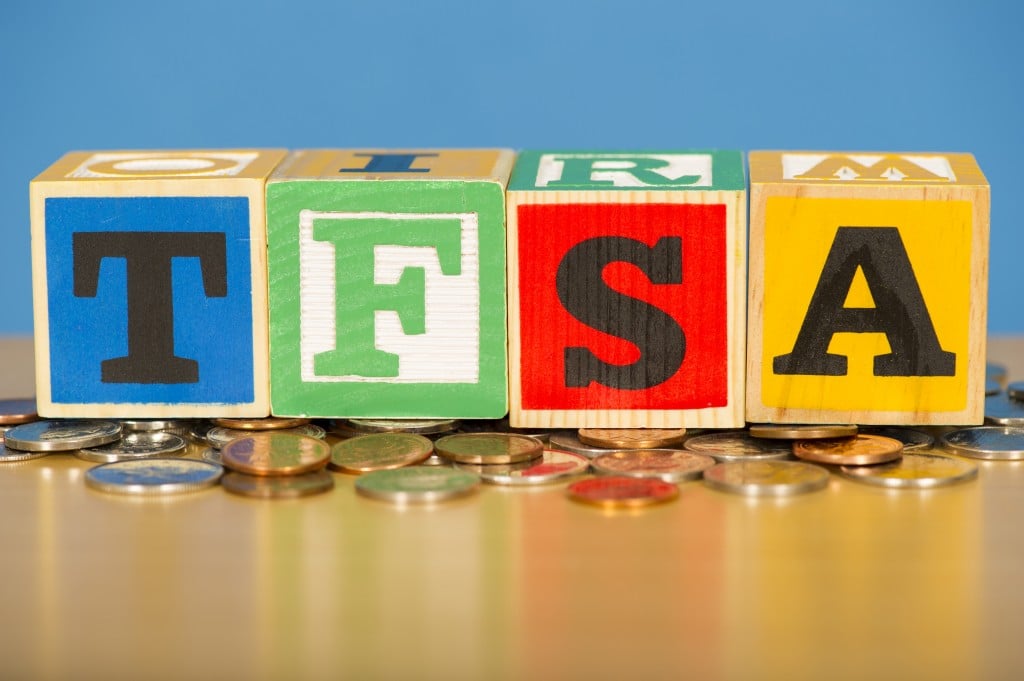Get the new TFSA limit to work for you
Here’s how you can profit from federal budget changes
Advertisement
Here’s how you can profit from federal budget changes

Share this article Share on Facebook Share on Twitter Share on Linkedin Share on Reddit Share on Email